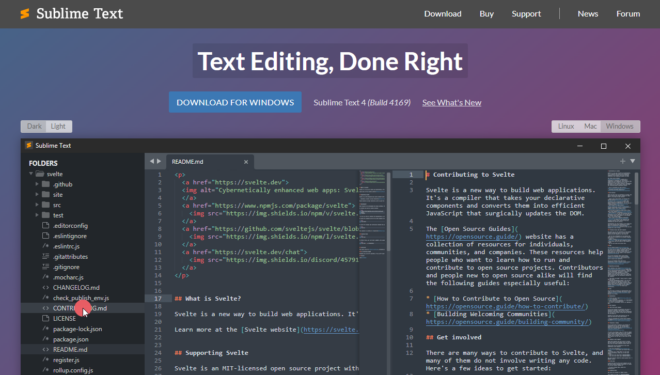In the world of software development, productivity is key. Developers are often under pressure to deliver complex projects under tight deadlines, which can be mentally and physically taxing. According to the State of Developer Wellness Report 2024, incorporating healthy snacking habits can be a simple yet powerful way to boost productivity and support mental and physical health. By fueling their bodies with nutritious snacks, developers can sustain energy levels, improve focus, and enhance overall performance, ultimately contributing to the success of complex projects under tight deadlines.
By incorporating healthy snack delivery and office fruit delivery into the workplace, companies can support their developers in maintaining high levels of productivity throughout the day. This initiative not only benefits the individual’s health but also contributes to a more vibrant, energetic, and collaborative work environment. Healthy snacks can act as a powerful tool for boosting concentration, enhancing cognitive function, and ultimately, improving the efficiency and quality of work produced by developers.
The Importance of Healthy Snacking
Enhancing Focus and Concentration
The brain is an energy-intensive organ, consuming about 20% of the body’s total calorie intake. Feeding it the right kind of nutrients can significantly enhance cognitive functions such as focus and concentration. Healthy snacks, rich in proteins, healthy fats, and complex carbohydrates, provide a steady release of energy, avoiding the spikes and crashes associated with high-sugar and high-fat snacks. This steady energy supply is crucial for developers who spend hours coding, as it helps maintain mental clarity and prevents the afternoon slump that can derail productivity.
Moreover, incorporating specific nutrients such as omega-3 fatty acids found in walnuts or flaxseeds can further enhance brain function. These nutrients have been linked to improved cognitive performance, which is essential in solving complex programming problems. By integrating a variety of healthy snacks into their daily routine, developers can significantly improve their focus and concentration, leading to more productive coding sessions.
Boosting Morale and Team Spirit
The act of providing healthy snacks is not just about the physical health benefits; it’s also a gesture that shows the company cares for its employees’ well-being. This can have a profound impact on morale and team spirit. When developers feel valued and supported, their satisfaction and loyalty towards the company increase. This positive work environment fosters collaboration and innovation, as team members are more likely to share ideas and support each other in challenging tasks.
Healthy snack delivery and office fruit delivery services make it convenient for companies to offer a variety of nutritious options to their employees. This variety ensures that there’s something for everyone, catering to different tastes and dietary needs, which can further enhance the inclusive culture of a workplace. As developers enjoy these benefits, they are more likely to feel connected with their team and motivated to contribute their best work, thereby boosting overall productivity.
Healthy Snack Ideas for Developers
Energy-Boosting Snacks
For developers, maintaining energy levels is crucial, especially during long coding sessions. Snacks like almonds, yogurt, and whole-grain crackers can provide the necessary fuel. These snacks are rich in proteins, healthy fats, and fibers, offering a balanced mix of nutrients for sustained energy release. Unlike sugary snacks that offer a quick energy spike followed by a crash, these options help maintain stable blood sugar levels, keeping developers energized and focused.
Another excellent energy-boosting option is the smoothie. A well-crafted smoothie, blending fruits, vegetables, nuts, and seeds, can be a powerhouse of nutrients. It’s not only refreshing but also easy to consume, especially for developers who might neglect full meals when engrossed in their work. With Easy Office Fruit Ordering, smoothies can be tailored to individual tastes and nutritional needs, making them a versatile option for energy replenishment.
Brain-Boosting Snacks
Certain foods are known for their brain-boosting properties. Dark chocolate, for example, contains flavonoids, caffeine, and antioxidants, which have been shown to improve brain function. It can enhance memory, reaction time, and problem-solving skills, which are crucial for developers tackling complex codes. Similarly, berries, with their high levels of antioxidants, can help improve communication between brain cells, increasing mental agility.
Nuts and seeds are another group of snacks that can positively impact brain health. They are high in omega-3 fatty acids and antioxidants, nutrients that have been linked to reduced rates of neurodegenerative diseases and better brain function. Regular consumption of these snacks can contribute to sharper thinking and more efficient problem-solving capabilities, essential for software development.
Conclusion
Healthy snacking is more than just a dietary trend; it’s a strategic approach to boosting developer productivity and enhancing workplace well-being. By choosing snacks that fuel the body and brain, developers can maintain higher levels of energy, focus, and creativity. The introduction of healthy snack delivery and office fruit delivery services makes it easier for companies to provide these benefits, demonstrating a commitment to employee health and well-being.
This investment in healthy snacking can yield significant returns in terms of improved productivity, morale, and team spirit, ultimately contributing to the success of both individuals and the organization as a whole.











